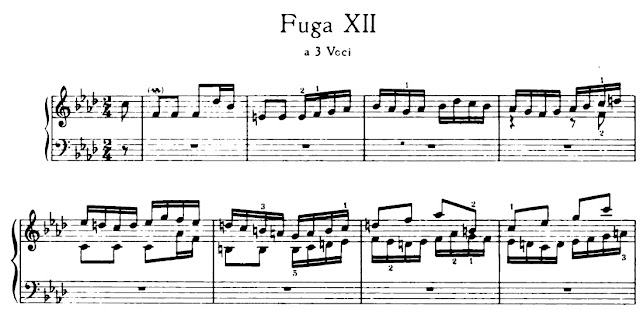 Arthur-Vincent Lourié was a Russian born composer that was associated with Igor Stravinsky for part of his career. He began as a supporter of the Russian Revolution of 1917, and played a role in the development of Soviet music, serving as the head of the music department for the Commissariat of Popular Enlightenment.
Arthur-Vincent Lourié was a Russian born composer that was associated with Igor Stravinsky for part of his career. He began as a supporter of the Russian Revolution of 1917, and played a role in the development of Soviet music, serving as the head of the music department for the Commissariat of Popular Enlightenment.He became disenchanted with the new Russian order, and when he went on an official visit to Berlin in 1921, he never returned to Russia. Like many expatriated Russians, he went to France and settled in Paris in 1922. He met Stravinsky in Paris and had a close association with him until 1931. When France was occupied by the Germans in 1940, Lourié moved to the United States and settled in New York City. He died in Princeton, New Jersey in 1966. Lourié was a highly cultured man with diverse interests that moved in the circles of the avant-garde writers and artists of the early 20th century.
The Cinq Préludes Fragiles (5 Frail Preludes) were composed between 1908-1910 when the composer was 16-18 years old. They reflect the influence of Scriabin and French Impressionism on the young man. He graduated from the St. Petersburg Conservatory in 1913, but was self taught as well.
I. Lento - The first prelude is in E-flat minor, and the subdivisions of the beat into triplets (3 notes to a beat), quintuplets (5 notes to a beat), and sextuplets (6 notes to a beat) gives the melancholy music an underlying restlessness.
III. Tendre, pensif - To be played tenderly and thoughtfully, this music flirts with B-flat major and finally ends in that key. Subtle syncopation keep the music in a reflective mood, not as dark as the two previous preludes.
IV. Affabile - To be played with joyous capriciousness, it is the brightest of the set. This prelude is in F major, with the time signatures of 9/16 and 7/8.
V. Modéré - With an instruction by the composer to play this prelude in a languishing manner, the set has gone back to the melancholy of the beginning. It is in G-sharp minor, and has a middle section that is marked moderately fading until another marking instructs the player to play arpeggiated chords caressingly. The music returns to the beginning of this prelude, languishes in its melancholy, and ends.



















